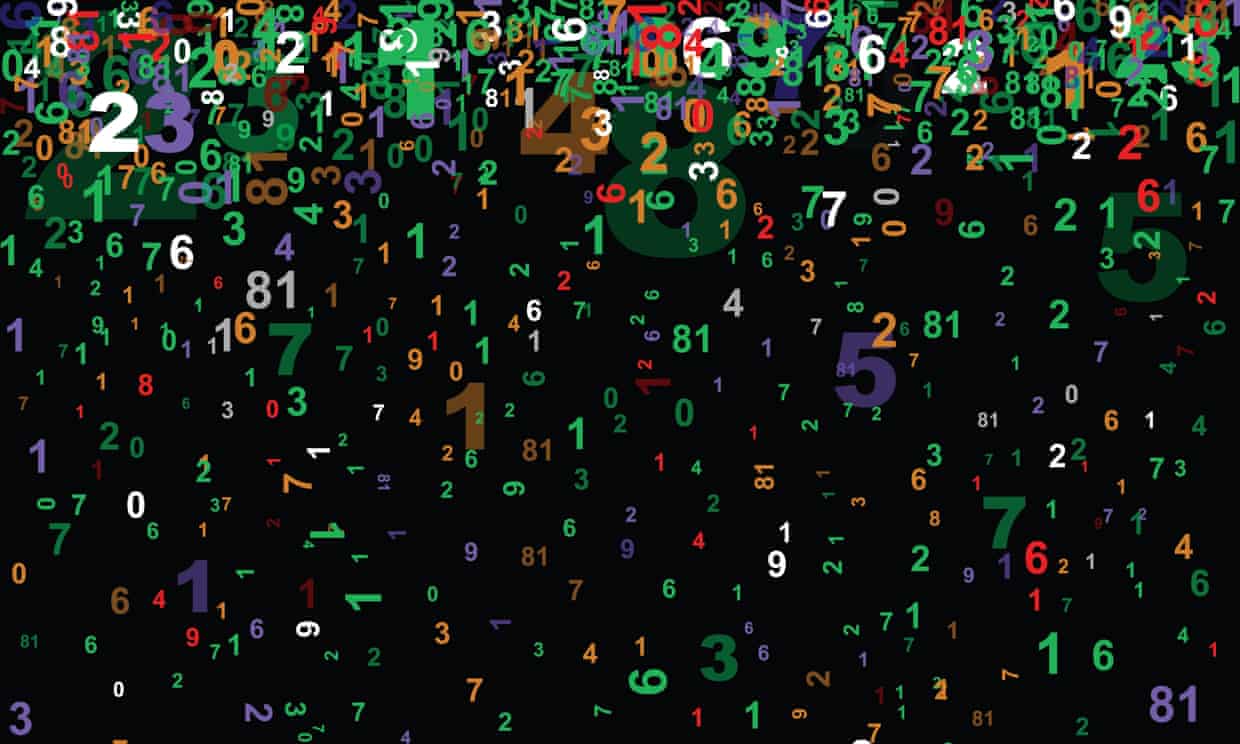
Further reading
Chart toppers: the best books to help you understand numbers
From the classic How to Lie With Statistics to the highly relevant The Rules of Contagion ... mathematician Hannah Fry picks books to help demystify Covid-19 data
by Hannah FryIt’s hard to imagine a moment in history more driven by numbers. Suddenly we’re all poring over reams of data, while debates over the merits of mathematical models are front page news. But while some are flexing new-found expertise in logarithmic axes and inflection points, those of us who have been in the game a bit longer flinch at this new epidemic of brash certainty. We know the traps that are easy to fall into when you let numbers be your guide.
One graph that made me roll my eyes compared per capita death rates for the UK, the EU, China and the US. (Why lump all EU countries together? Are comparisons between the UK and China, with 20 times its population, useful?) This is an old trick – divide anything by hundreds of millions and it’s going to skew the picture, but anyone who has read Darrell Huff’s 1954 classic, How to Lie With Statistics, will know to be wary of statistical sleight of hand.
Michael Blastland casts a sceptical eye over the promises made by economists and social scientists in The Hidden Half. This is the book I tell everyone to read. It’s about the unavoidable limits of what numbers can tell you. Data and modelling will only ever get you half way there. Ultimately, someone has to weigh up the evidence and choose the path to follow.
Using mathematical models to understand the world is like squishing a round peg into a square hole. Most of the hole gets filled, but there will always be edges and corners where the maths doesn’t quite reach. As Cathy O’Neil explains in Weapons of Math Destruction, these forgotten margins can cause profound problems. This cautionary tale offers valuable lessons about the risks of social injustice when we put flawed mathematical models in positions of power.
And yet, in a battle with nature where so much is unknown, maths really is one of the few weapons on our side. “Numbers may not be able to speak for themselves,” as Nate Silver puts it in The Signal and the Noise, but it’s important not to dismiss them altogether. Silver’s book underlines the great power of mathematical models, showing how effectively they can be deployed to tentatively explore the possible futures that lie ahead.
Adam Kucharski, who is fast becoming a key voice of reason in the media circus surrounding the virus, examines the models we’re currently using to chart the course of the infection in The Rules of Contagion. Here he gives a clear, calm, historical overview of the mathematical ideas at the forefront of our pandemic response, where they came from and how well they stand up when you put them to the test.
If the history of mathematical modelling seems a little daunting right now, then you could always turn to its future – at least a possible future imagined by Isaac Asimov’s Foundation series. The books date back to the 1940s and 50s (the golden era of science fiction) but his ideas are eerily prescient. They follow the story of Hari Seldon, a mathematician who invents a discipline called psychohistory: a way to use maths to peer into the future and predict the likely behaviour of large groups of people. He tries to use his equations to save civilisation, but finds himself trapped by political forces seeking to use the science for their own ends. Sound familiar, anyone?